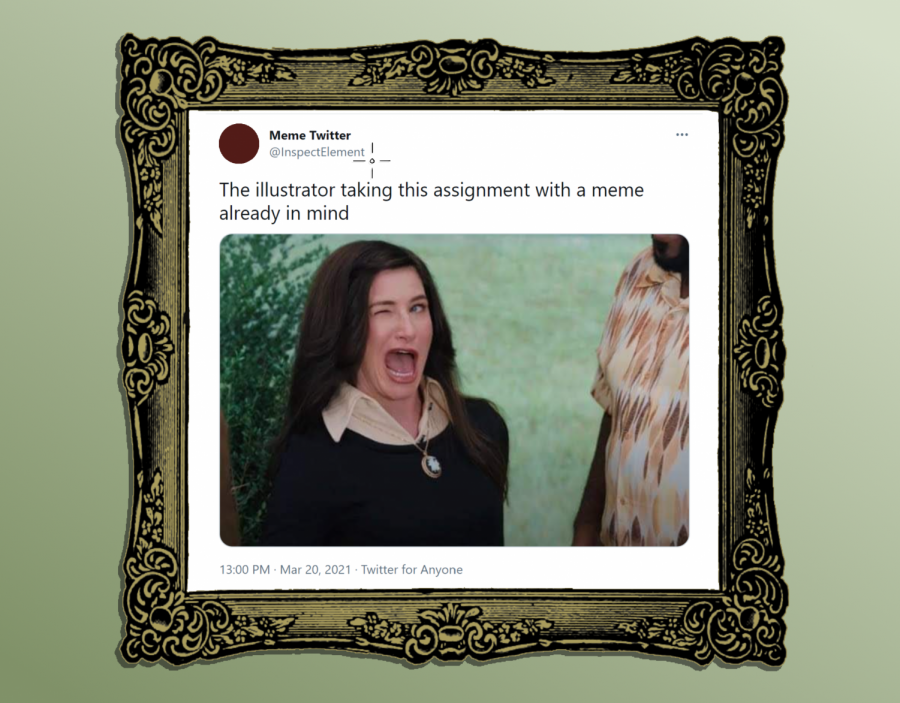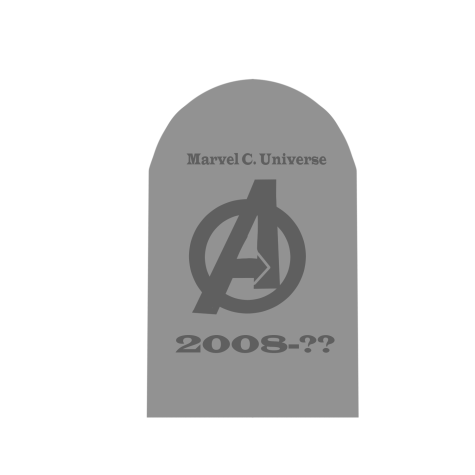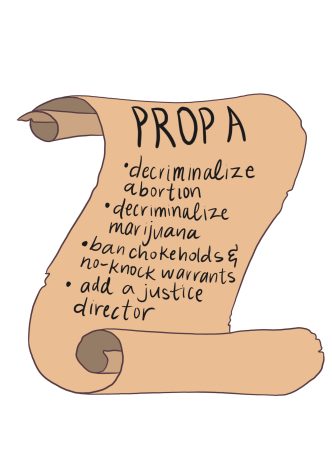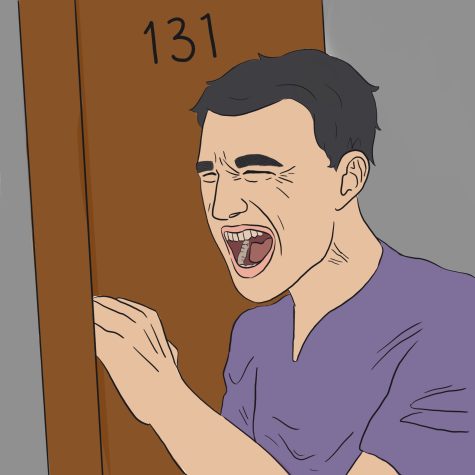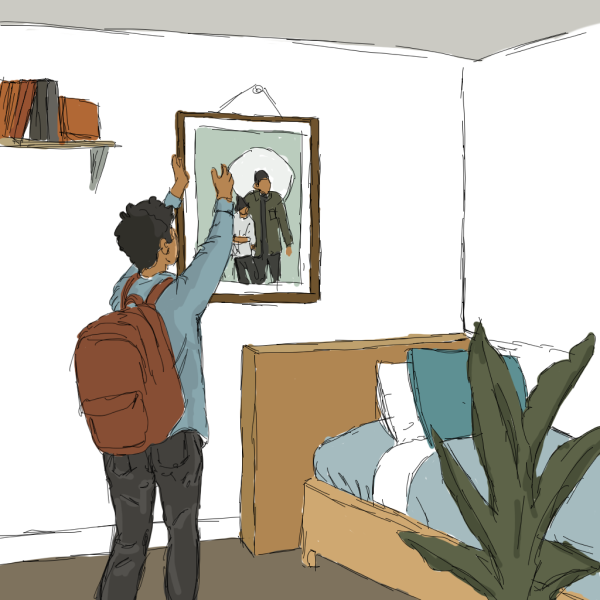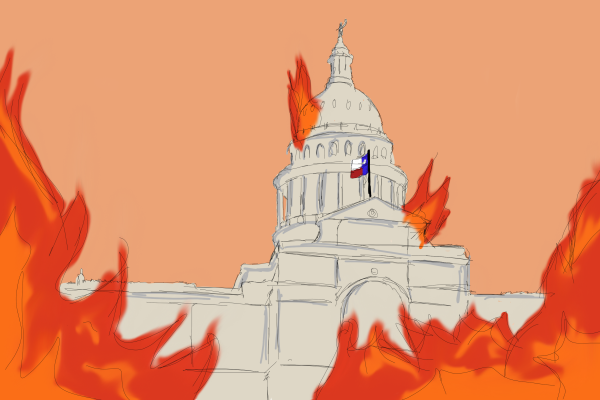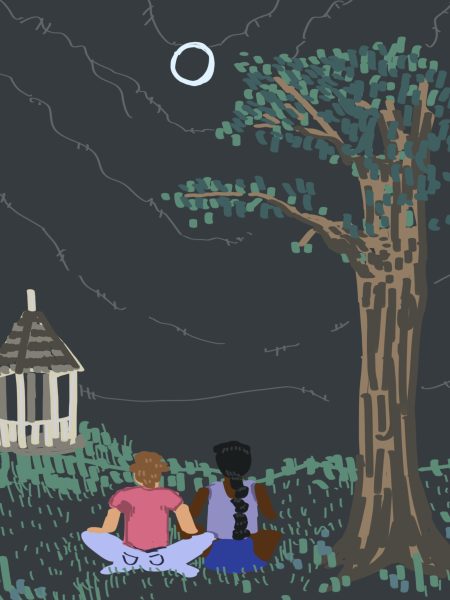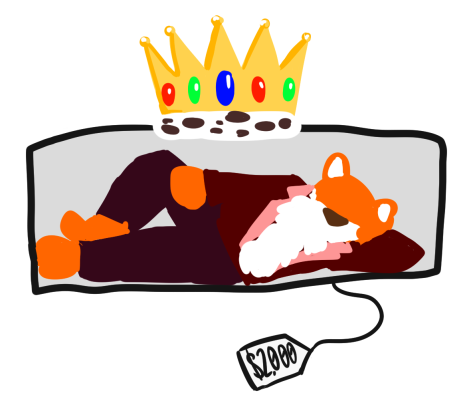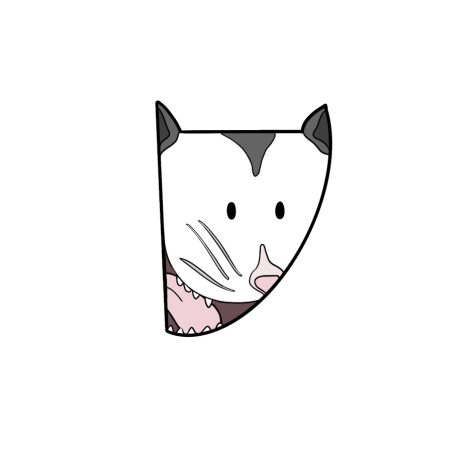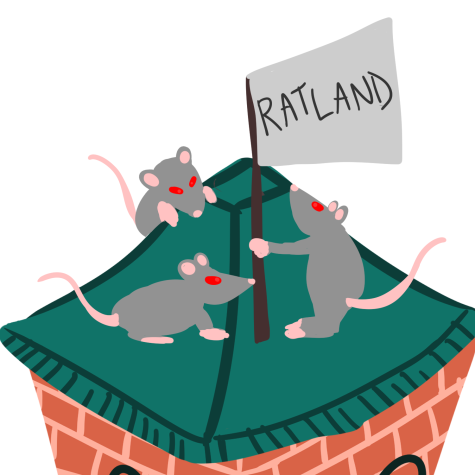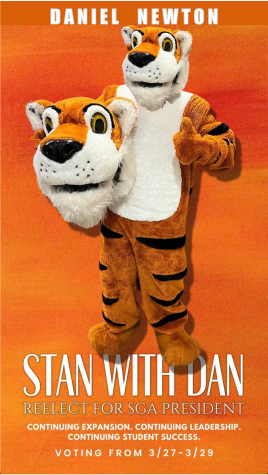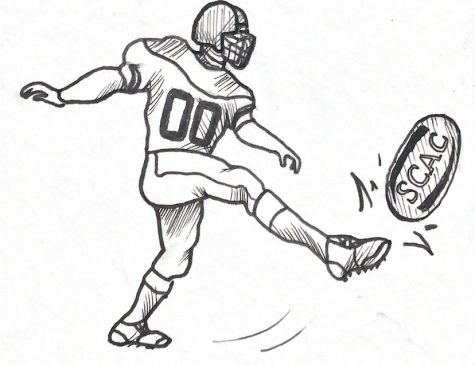Memes: Meaningless jokes or something more?
The seemingly unimportant joke format allows us to process current events
How often do you look at memes? Do you seek them out? Do you share them? Do you ever create your own? I’m sure you know the answer more than anyone else, but have you ever wondered who created the memes you see and laugh at, and what their agenda is?
Internet memes use images to celebrate, mock or satirize current events and popular culture, and they have become a defining part of how teenagers communicate in the digital world. The recent rise of memes seeming to make light of the COVID-19 pandemic or international tensions offers a glimpse into how teenagers learn about and process world events. Today’s tweens and teens get their news via memes on Instagram, TikTok and Snapchat, while parents, teachers and grandparents still largely rely on news reports, Facebook and Twitter posts. As a result, there’s a generational gap between how the older generation learns about and perceives the news versus how teenagers do.
Memes are, by definition, the most basic level of cultural transmission. Just because they are propagated with a spirit of humor does not mean that they are without a message. Maybe no one actively looks at memes to gain real information about the world around them — at least we would hope not — but they still carry information. By their very nature of being silly jokes, memes can lull their audience into a state where information presented is not questioned at all. They are virtually untraceable. They are simple and direct. They have absolutely no oversight or regulation.
However, in this piece, I want to argue that the meme is an art. Do memes demonstrate an application of human creative skill and imagination? Absolutely. Like any other medium of art, some content creators put more effort into their work than others. However, sometimes someone will put in hours of work just so that they can subvert expectations and enhance the meme past its current stage of development. Meme appreciation typically resides in the details. The awareness that creators spend so much time on such a disposable joke is what adds to the humorous appeal.
In addition, memes have emotional power. Many modern art installations aim at creating a visceral immediate reaction without aspiring beyond that primary, instant sensation. This foundation is not unlike many meme trends, especially some of the more obscure subcultures, such as “r/surrealmemes,” which are geared toward creating uncomfortable laughs. There is a reason memes have exploded into the public eye as a defining characteristic of our generation: people love them. They are a glimmer of laughter that is always available and offers constant content that is always evolving, keeping the base engaged. There is emotional power in that purpose.

I am a native of Hanoi, Vietnam, and spent part of my childhood in Bangladesh and Cambodia. I am a senior majoring in Piano Performance and Communication,...

I'm a senior Computer Science major and a Classical Studies minor from Newton, North Carolina with a passion for art. I also work at the Center for Experiential...

